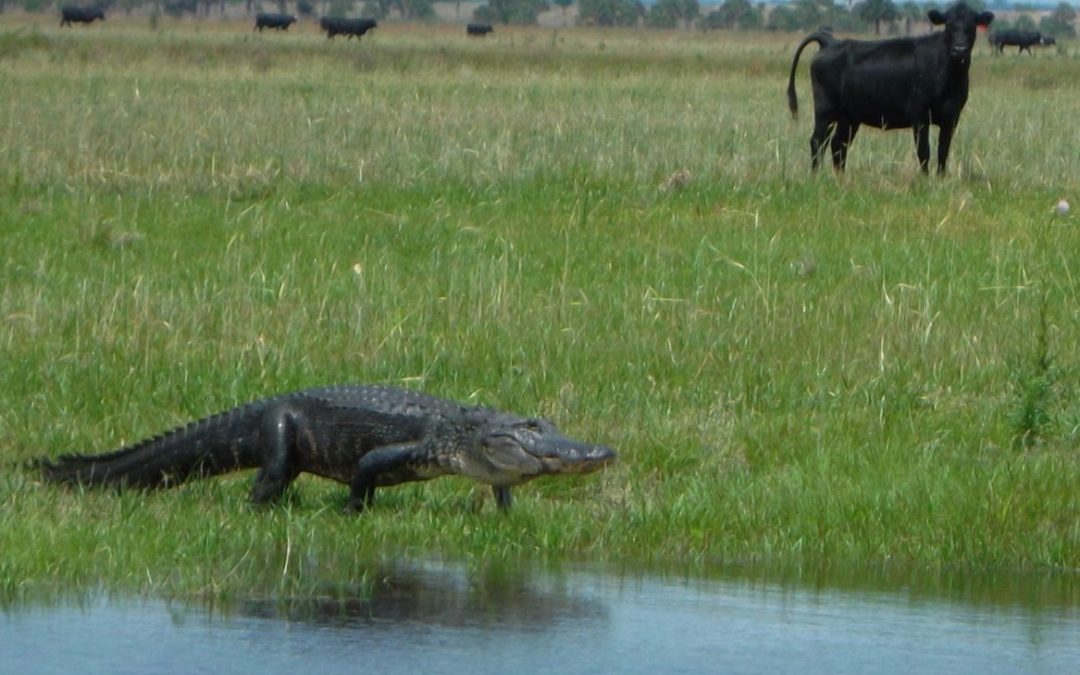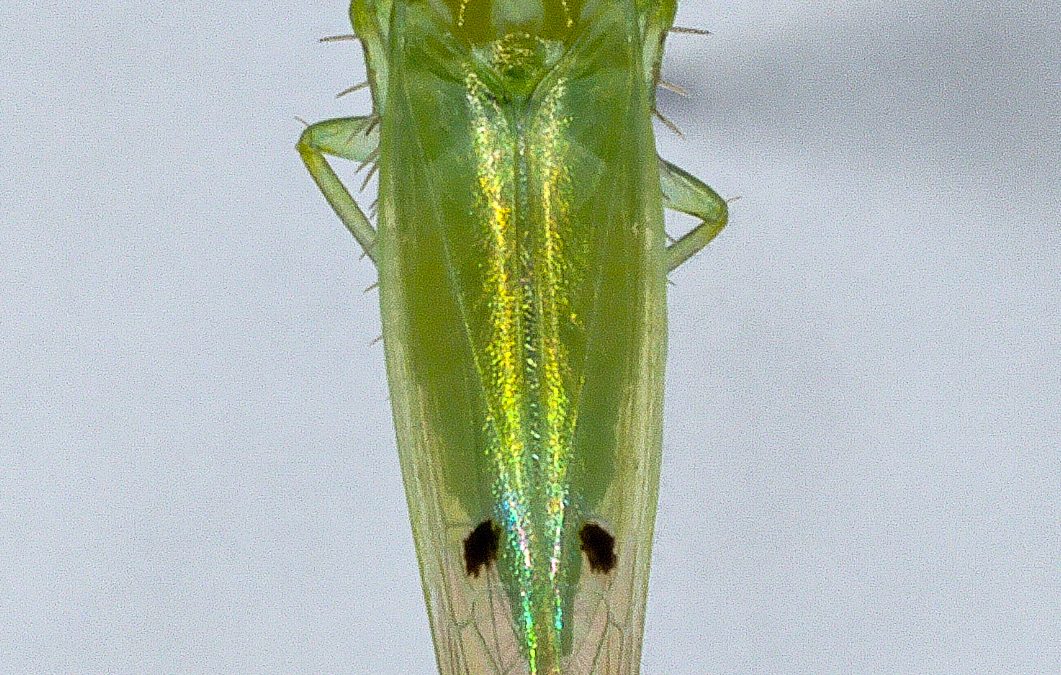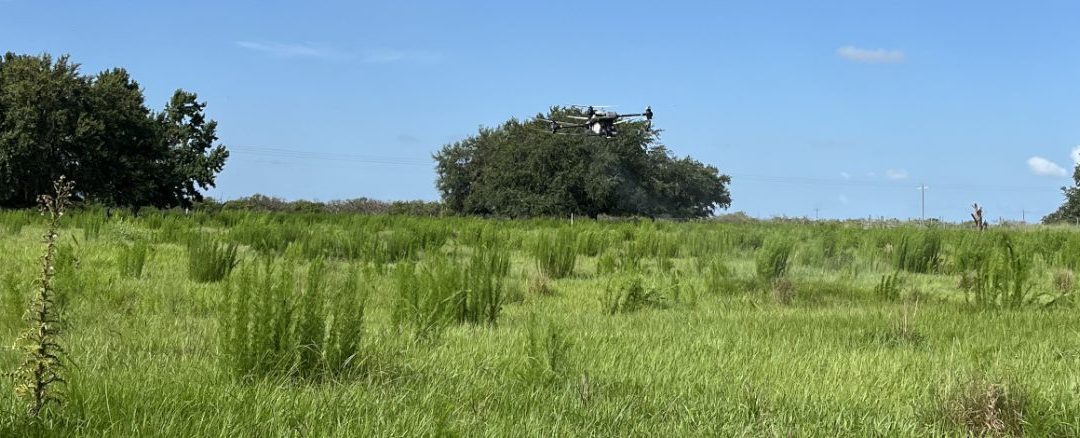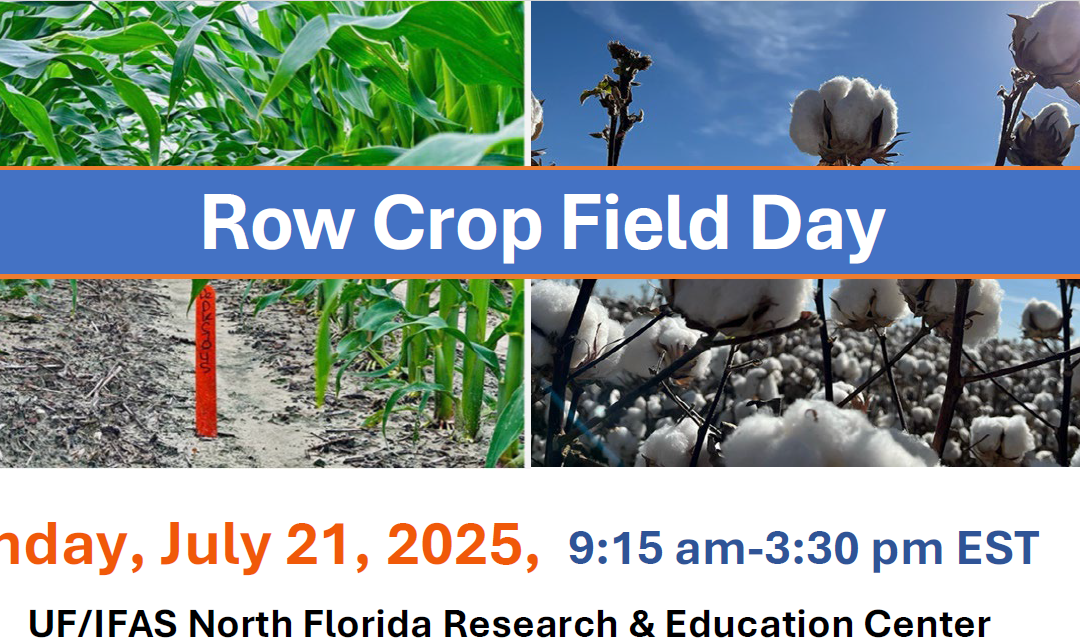
by Ray Bodrey | Jul 11, 2025
One the greatest threats to the western honey bee, Apis mellifera Linnaeus, is a mite species known as Varroa destructor. Unfortunately, the Florida Panhandle is within the range of this hive devastating pest. Oxalic acid treatment has been shown to work well against...

by jbittar | Jul 11, 2025
Bruna A. Feliciano; Beatriz S. Nemoto; Ameer A. Megahed; Alireza R. Shahraki; Viviani Gomes; João Bittar, UF/IFAS Beef Cattle Extension Veterinarian Leptospirosis (aka Lepto) is a disease caused by a spirochete bacterium belonging to the genus Leptospira and...

by Isaac Esquivel | Jul 11, 2025
Cotton across the Panhandle is at various stages of development, from early vegetative, to squaring, to bloom. Insect pest activity has been relatively light so far, but it appears to be increasing; stink bugs and plant bugs are moving into fields. Early planted...

by Brent Sellers | Jun 20, 2025
Dr. Brent Sellers and Dr. Tenzy Mncube, UF/IFAS Range Cattle Reserch and Education Center, Ona Aerial pesticide applications are not new to the agriculture industry, but this type of application has increased in popularity due to improved technology of unmanned...

by Kalyn Waters | Jun 20, 2025
Brett Capra, University of Florida, Senior in Animal Sciences & UF/IFAS Extension Intern with Kalyn Waters, UF/IFAS Extension Holmes County Horn Flies are a significant issue in the Florida Panhandle, especially during the summer months. In hotter temperatures,...

by Ethan Carter | Jun 20, 2025
UF/IFAS is hosting a Row Crop Field Day on July 21st at the North Florida Research and Education Center in Quincy (155 Research Road, Quincy, FL-32351). The field day will be held from 9:15 AM to 3:30 PM (8:15 AM to 2:30PM CDT) and will focus on cotton and...







